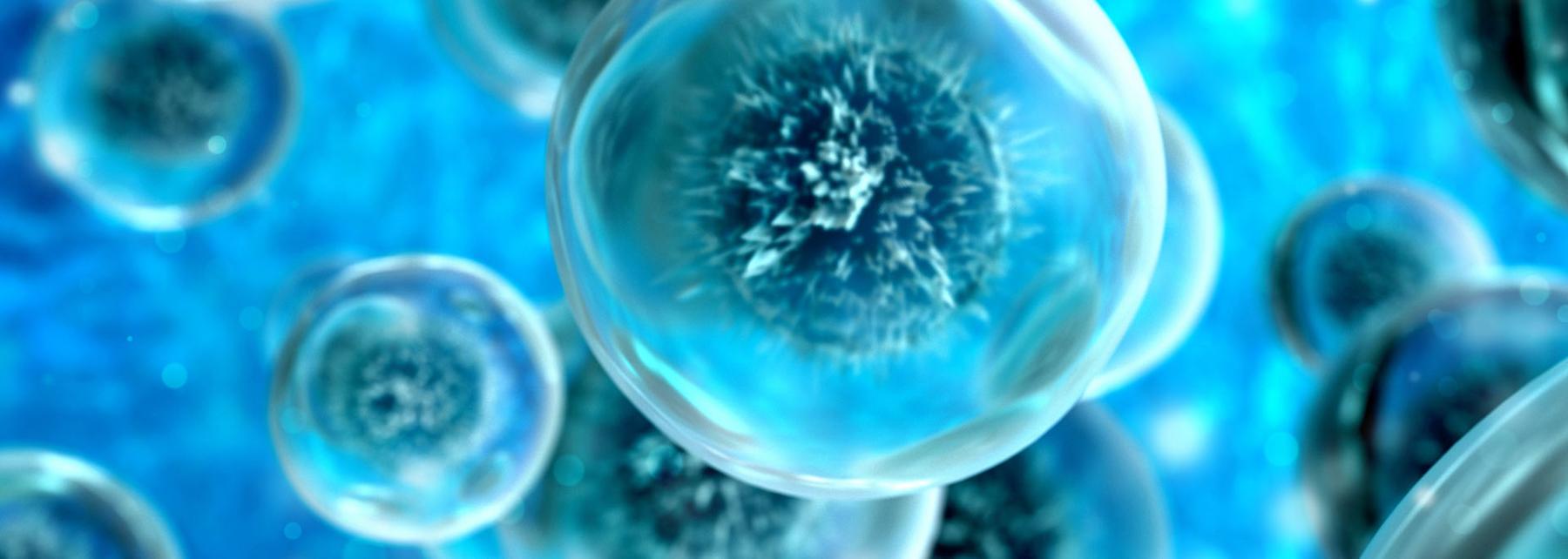
Hematology Research: Comparing Normal and Abnormal Blood
by Joshua Farr
This lesson has students create a unique graphical visual of the components of blood within a vial. These components of blood are then researched and used as a control for accomplishing two collaborative tasks. First, students will form small collaborative groups and perform microscopy on prepared blood slides to not only practice microscope techniques, but better visualize the components of blood. This will require sketching and discussion. Second, students will select a blood disorder to research and create a comparison vial of blood regarding any changes in the percentages of parts of blood and create 3 slides on their research. Their slide work will be compiled with other groups in class and presented in small round table discussions. Students will be required to write about normal and abnormal blood conditions as an assessment.
Lesson Plan Link/URL
https://docs.google.com/presentation/d/1D8IJ7U8qREjyQY6Hu8h01ocHV5bi6j55/edit?u…Subject Area
Science Life Science L1: Cells Technology 5. Computational Thinker Mathematics Ratio and Proportion (RP) English Language Arts (ELA) Writing Speaking & Listening
Featured
Off
Related Content

Grades:
9th Grade, 10th Grade, 11th Grade, 12th Grade
In this lesson students evaluate the advantages and disadvantages of conventional, petroleum-based plastics, bioplastics, and their different varieties. The lesson is driven by class/group research

Grades:
10th Grade, 11th Grade, 12th Grade
Students will unravel the intricacies of environmental impact analysis, gaining insight into its pivotal role in evaluating the sustainability of chemical processes. Through a blend of explanation

Grades:
Kindergarten
This lesson provides the opportunity for kindergarten students to develop a mock oil spill and develop methods to help ocean life after an oil spill. Student will hypothesize methods that can